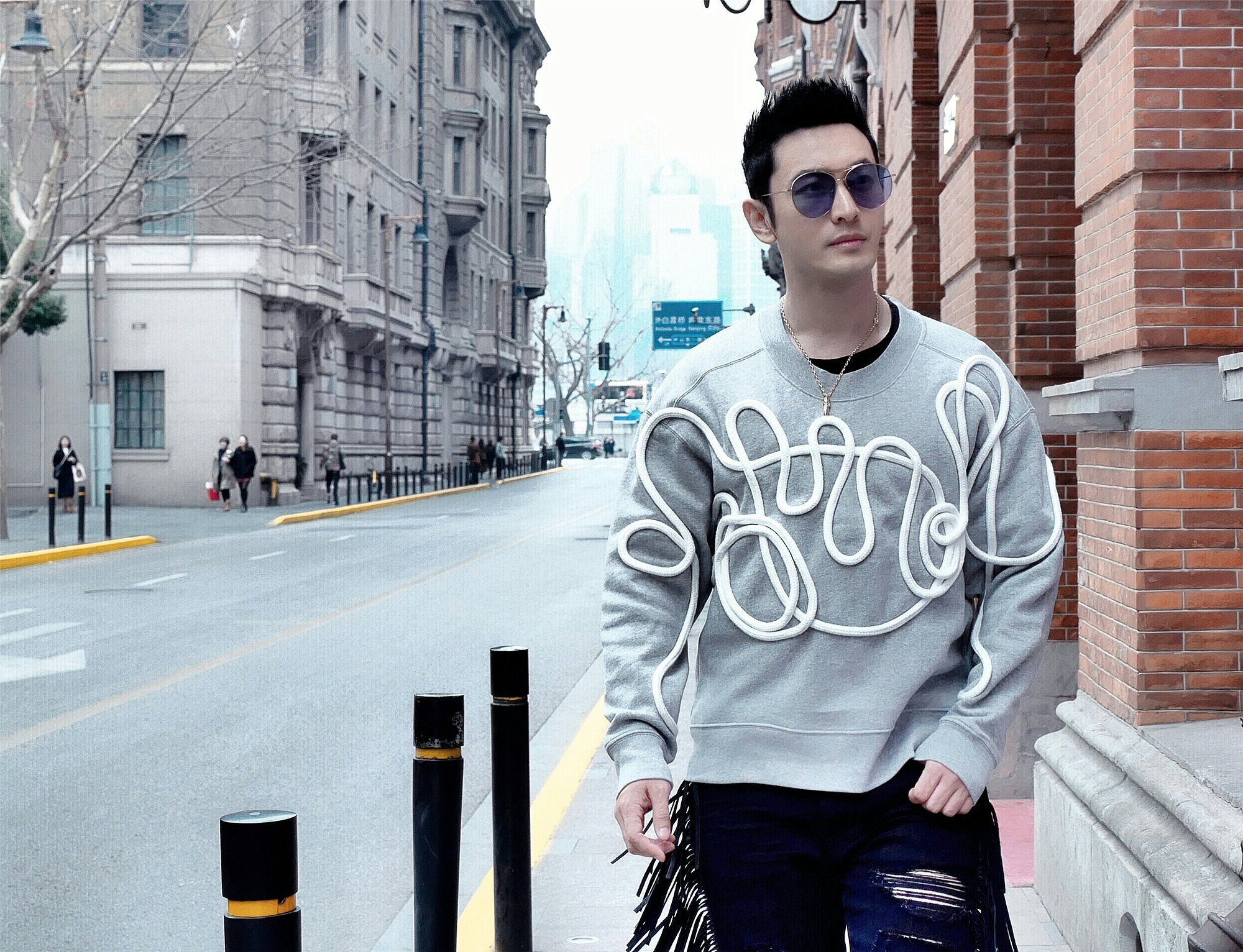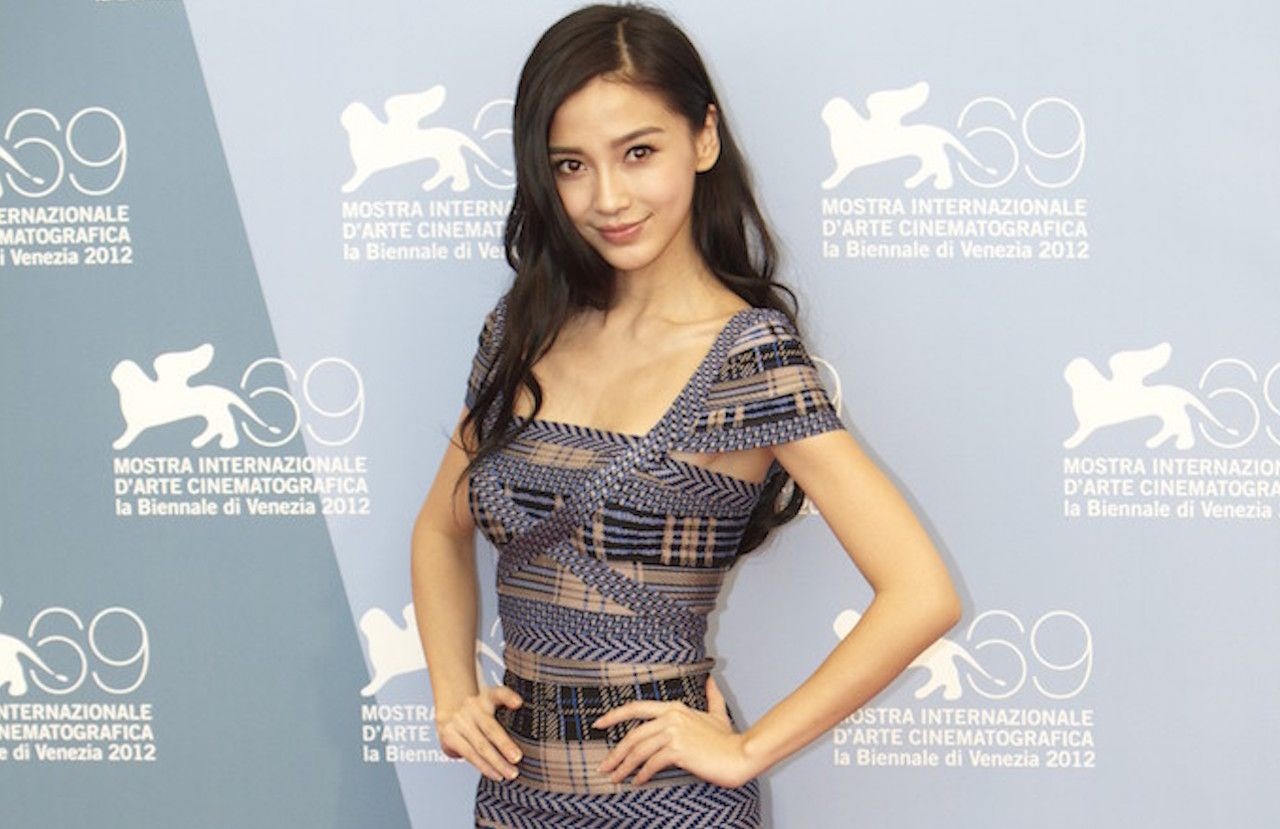Editor's Note:#
Celebrity ambassadors are big business for luxury brands in China, with high-profile influencers turning millions of dollars worth of profit in just a couple of hours. These KOLs (key opinion leaders) are often paid huge fees to promote companies on Chinese social media sites Weibo and WeChat.
Tourism groups are now getting in on the act, with South Australia looking to Chinese star Huang Xiaoming to entice luxury travelers to the country's lavish vineyards and deserted beaches. This story first appears on our sister site, Jing Travel.
The recent and significant growth in tourism from mainland China to South Australia hasn’t gone unnoticed—and it’s not is it a coincidence. Some has been due to South Australia’s booming wine industry (the region is home to the popular wine label Penfolds) and to an expanded menu of China Southern Airlines’ flights to the capital, Adelaide.
But credit may also go to the region’s “Activating China 2020” campaign, a multi-year plan to double tourism from China, particularly vacation travel. It has already yielded an uptick in tourism, but late last year South Australia took an even bigger step toward wooing high-net-worth Chinese pleasure seekers.
The South Australia Tourism Commission partnered with the Chinese film and television actor, Huang Xiaoming—and his equally famous superstar wife Angela Yeung Wing (a.k.a. Angelababy)—to make him their Tourism Ambassador to China. Huang, who became famous as the star of television programs "The Prince of Han Dynasty" and "The Patriot Yue Fei", along with many films, is a huge celebrity in China, where he’s worked on marketing campaigns for everything from underwear to high-end timepieces.
For South Australia, the handsome debonair star was filmed all over the region, cuddling a koala, driving along a deserted beach, swimming with baby seals, strolling through a vineyard, and enjoying a rooftop romantic meal. The tourism group will not say how much Huang Xiaoming is being paid for the year-long contract, however, working with Chinese celebrities tends to be expensive: The cost of just one Weibo post from a major Chinese celebrity can easily run over 149,000 (1 million yuan).
We spoke with Brent Hill, the Executive Director of Marketing at the South Australian Tourism Commission, to better understand how and why they’d come to partner with Huang, the process of engaging with their new brand ambassador and the results they’ve seen from this high-profile marketing campaign.
Why Huang Xiaoming? Did you also consider other influencers?#
We considered a range of megastars in China. The key determining factors were around cost, level of exposure (how well-known they were), how well-connected they were to our brand, their interest in some of the key elements of our brand, and their capacity to work with us over the year and to really be involved. So we did identify a range of people and then put some feelers out. We were very fortunate, as Huang Xiaoming and his wife Angelababy were very high on the list—we thought perhaps unattainable! So we were really excited that he and his team really identified with our proposition and were keen to get involved from the get-go. This really made a difference for us.
What was the process of recruiting him? What were the challenges? Any tips for other operators and destinations engaging with big-name influencers?#
The process took some time—about 12 months in total—from conceptualizing and getting sign-off on the strategy to going and getting the contract signed and getting him to Adelaide. Part of this involved being prepared to get on the ground in China and work with our team there to put the finishing touches on the contract and to establish trust and confidence in who we were, what we wanted, and what we were looking for from the partnership—and vice versa.
Of course, there were challenges. Even with our Chinese team working on the legals and contracts, there were still a number of to-and-fro moments as well as haggling over what was included and what wasn’t (what he would do, and what he couldn’t do). Many compromises were made, even on the visit itself. Also, uniquely to China, there are a number of “sign-off” elements around PR. For example, publications interested in talking to Xiaoming needed their content to be approved, which was a bit foreign to Australian press.
To get him and his team here and then manage through the weather and logistics and moving things around wasn’t easy either, but it paid off. I would say to operators to be clear about what they want, be very tied to your contract—if it’s not in there, you won’t get it—and then value the face-to-face, value the respect. So go there, meet the influencer, have a discussion, and build rapport. In the end, I’m pleased to say that Xiaoming loved his time in Adelaide, and we really bonded with him. He is a lovely guy and the challenges were worth it.
Do you also work with micro-influencers?#
Yes we do. This was not our first foray into working with an influencer in China. I would say this is key advice: Build your skill sets. We worked with a number [of micro-influencers] over the previous years before we went to the big time with Xiaoming. Family, WeChat influencers, film stars, and personalities… we’ve worked with them all.
How have you integrated this campaign with on the ground operators—are they onboard with Chinese social media as well?#
This is key. We have supplied over 18,000 travel agents with the approved imagery and launched heavily in China. Xiaoming has been awesome in terms of sharing on social and [the campaign] has been shared and commented on numerous times. The key for us was to gain awareness and then ensure people traveled to Adelaide and South Australia, so the operators were critical to the success of the partnership.
What kind of travelers are coming to SA in terms of group size and demographics as a result of the campaign?#
We targeted [what we called] a high-yield experience seeker. We want people who are free, independent travelers rather than groups, though off the back of Huang Xiaoming’s visit we have had a lot of interest from incentive groups.
What did the campaign entail?#
It was wonderful that Huang Xiaoming and his team were prepared to travel and move around. We went to Adelaide city, Sellicks Beach, McLaren Vale, Kangaroo Island, Baird Pay and Port Lincoln on Eyre Peninsula.
As a result, Eyre Peninsula is seeing solid growth after having this intense focus on their region. Oyster Farm Tours in Coffin Bay has done really well and was heavily featured in the ads, likewise ‘Goin Off Safaris” out of Port Lincoln. They have a strong focus on Chinese tourists. And a big winner has been Adelaide Oval. They’ve had big groups come and do the “Roofclimb,” which is wonderful.
Even before the Huang Xiaoming campaign began, you were experiencing increased Chinese tourism?#
The most recent (statistics) at the end of 2017 showed visitation from China to South Australia up 61,000, or 58 percent, and ahead of the 2020 goal already. Expenditure by Chinese tourists was also up 54 percent.
Now, China Southern is adding daily flights for the upcoming high season. We’re really excited about the positive trends, meaning more people on planes into Adelaide from China and hopefully even more direct flights with China Southern in the near future.


